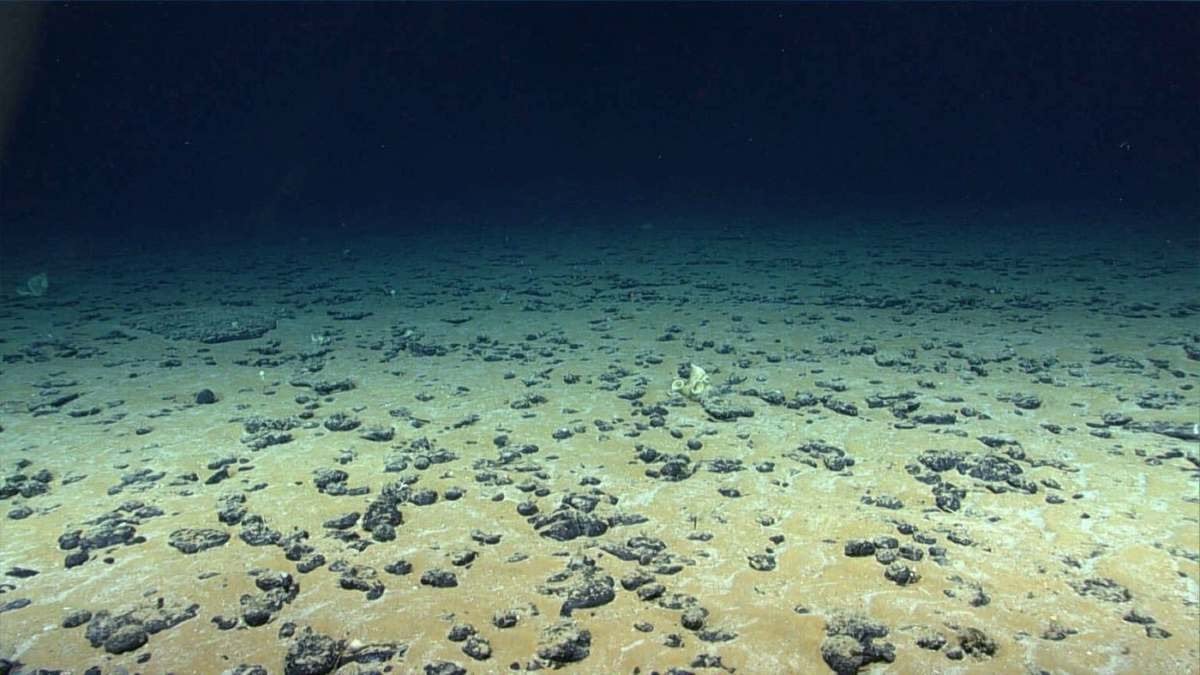Imagine stumbling upon a treasure hidden deep beneath the ocean—not gold or silver, but something far more valuable for our future: green hydrogen. With its powerful winds and strategic location, the North Sea is emerging as a cornerstone in Europe’s clean energy transition. This vast natural resource could reshape industries, reduce dependence on fossil fuels, and set a new global benchmark for sustainability.
The North Sea’s Untapped Potential
The North Sea is capturing global attention thanks to its unique combination of assets. Its strong, consistent winds and relatively shallow waters make it ideal for developing large-scale offshore wind farms. Experts estimate that the region could generate up to 300 gigawatts of electricity, a staggering capacity that paves the way for large-scale hydrogen production.
The process is straightforward yet revolutionary: through electrolysis, water molecules are split into hydrogen and oxygen, creating clean hydrogen without releasing carbon dioxide. This form of energy can replace fossil fuels in multiple sectors—from heavy industry and transport to heating and power generation.
Innovation Driving the Clean Energy Shift
One of the technologies amplifying this opportunity is the Windcatcher system. Picture a floating wall embedded with dozens of turbines, designed to capture more wind energy than traditional single-tower models. This innovation not only increases energy output but also reduces costs, making offshore wind more competitive and scalable.
When paired with offshore wind production, such breakthroughs could allow Europe to produce up to 44,000 tons of green hydrogen annually. The potential is enormous—but achieving it will require coordinated investment in industrial infrastructure, storage systems, and cross-border pipelines.
Challenges to Scaling Green Hydrogen
Despite the optimism, Europe’s journey toward green hydrogen is far from simple. Most projects remain in the pilot or early-development stage, and the challenges are significant:
-
High initial costs for building electrolysis plants and supporting infrastructure.
-
Bureaucratic hurdles, with slow permitting processes delaying implementation.
-
Lack of unified standards across EU member states, making coordination difficult.
Each country currently moves at its own pace, driven by local priorities and national energy policies. This fragmented approach risks slowing down momentum at a time when climate change and energy security demand urgent action.
The Need for a Cohesive European Strategy
To unlock the full potential of hydrogen, Europe must unify its efforts. That means:
-
Aligning regulatory frameworks across borders.
-
Scaling up public and private investment in clean energy projects.
-
Supporting research and innovation to drive down costs and improve efficiency.
A cohesive, coordinated strategy would accelerate deployment, ensuring that Europe doesn’t just adopt hydrogen but leads the global hydrogen economy.
Can Europe Become a Global Leader?
If Europe successfully mobilizes resources and political will, it could become a world leader in green hydrogen production. The benefits would be transformative:
-
Reduced reliance on imported fossil fuels.
-
Greater energy independence and security.
-
Significant progress toward carbon neutrality goals.
-
Creation of new industries and green jobs across the continent.
The North Sea, once a hub for oil and gas extraction, could soon symbolize a new chapter—one built around clean, renewable energy at the heart of Europe’s future.
Uniting for a Common Goal
Green hydrogen represents a rare opportunity: a single innovation that can accelerate ecological transition, secure energy independence, and stimulate economic growth. But turning this promise into reality requires more than ambition—it demands bold decisions, substantial resources, and shared determination among European nations.
With abundant resources, technological expertise, and global influence, Europe now stands at a crossroads. The choice is clear: either seize the moment to lead the green energy revolution or risk falling behind.
So, what do you think? Could green hydrogen truly reshape Europe’s energy future? Share your perspective in the comments—let’s spark a conversation about how we can collectively shape our energy destiny.
